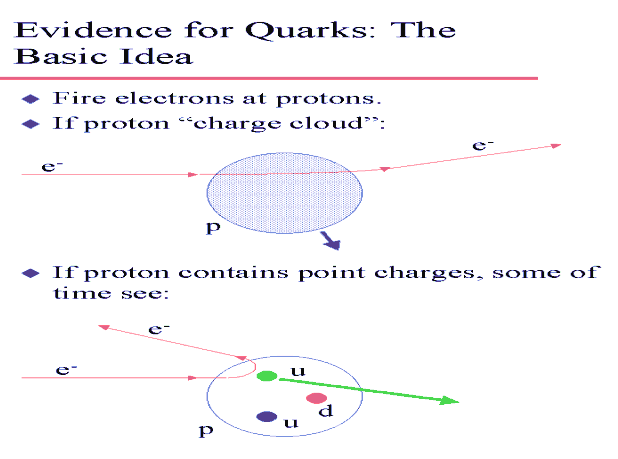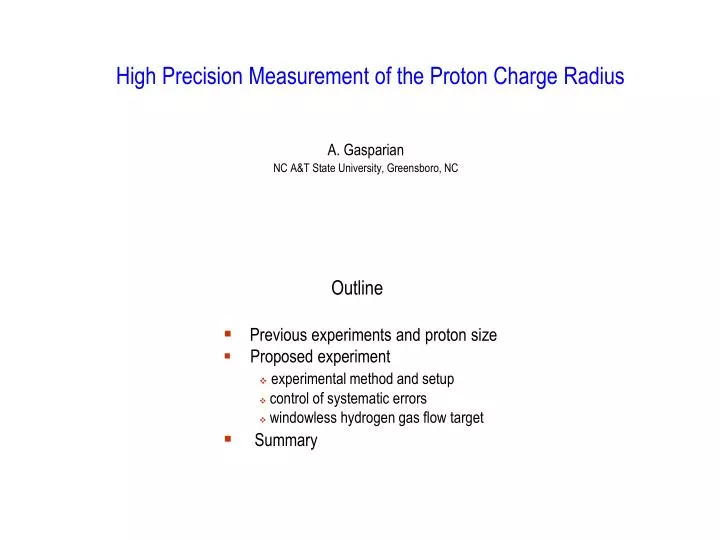

The newly measured radius is 4% smaller than the prior measurements, which were believed to be accurate within 1%. The resulting radius was recorded as 0.842(1) fm, 5 standard deviations (5 σ) smaller than the prior measurements. However, the much higher mass of a muon causes it to orbit 207 times closer than an electron to the hydrogen nucleus, where it is consequently much more sensitive to the size of the proton. Conceptually, this is similar to the spectroscopy method. published the results of an experiment relying on muonic hydrogen as opposed to normal hydrogen. Consistent with the spectroscopy method, this produces a proton radius of about 0.8775(5) fm. Small particles such as electrons can be fired at a proton, and by measuring how the electrons are scattered, the size of the proton can be inferred. The nuclear method is similar to Rutherford's scattering experiments that established the existence of the nucleus. This method produces a proton radius of about 0.8768(69) fm, with approximately 1% relative uncertainty. Measurements of hydrogen's energy levels are now so precise that the accuracy of the proton radius is the limiting factor when comparing experimental results to theoretical calculations. For hydrogen, whose nucleus consists only of one proton, this indirectly measures the proton charge radius. The exact values of the energy levels are sensitive to the distribution of charge in the nucleus. The spectroscopy method uses the energy levels of electrons orbiting the nucleus. Prior to 2010, the proton charge radius was measured using one of two methods: one relying on spectroscopy, and one relying on nuclear scattering.

While some believe that this difference has been resolved, this opinion is not yet universally held. New experimental results reported in the autumn of 2019 agree with the smaller measurement, as does a re-analysis of older data published in 2022. This value was challenged by a 2010 experiment using a third method, which produced a radius about 4% smaller than this, at 0.842 femtometres. Historically the proton charge radius was measured by two independent methods, which converged to a value of about 0.877 femtometres (1 fm = 10 −15 m). The proton radius puzzle is an unanswered problem in physics relating to the size of the proton.


 0 kommentar(er)
0 kommentar(er)
